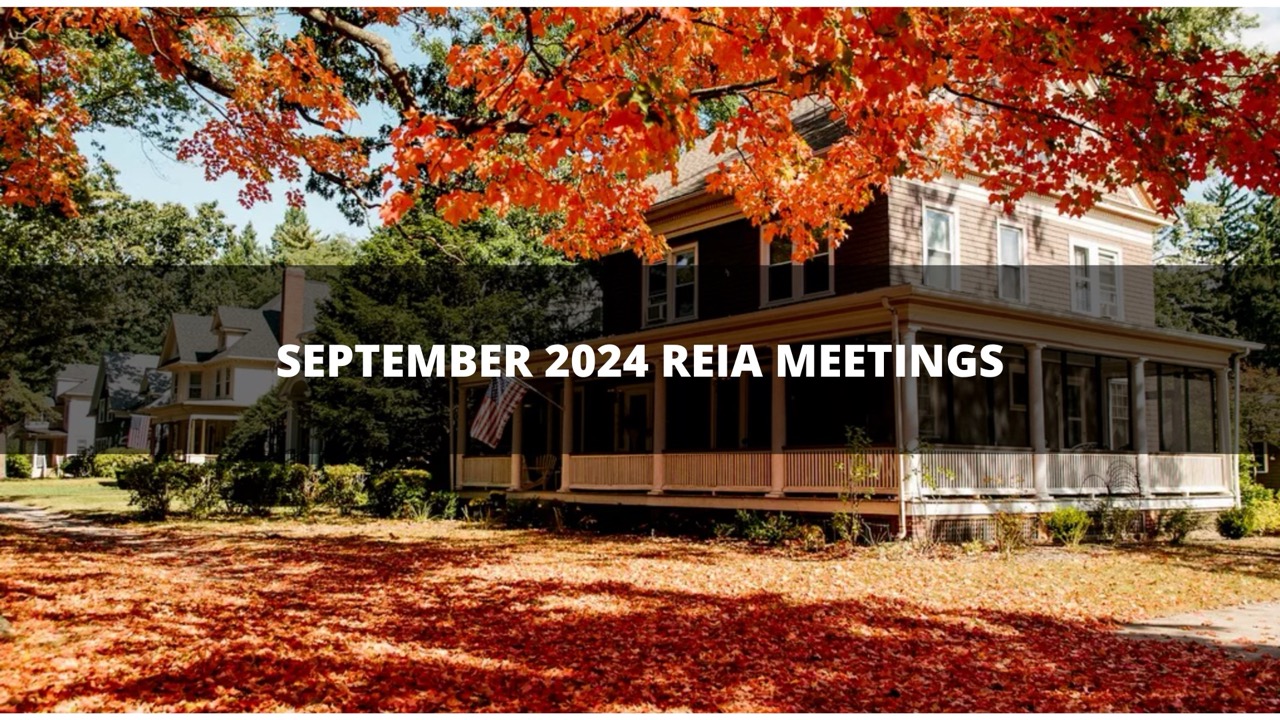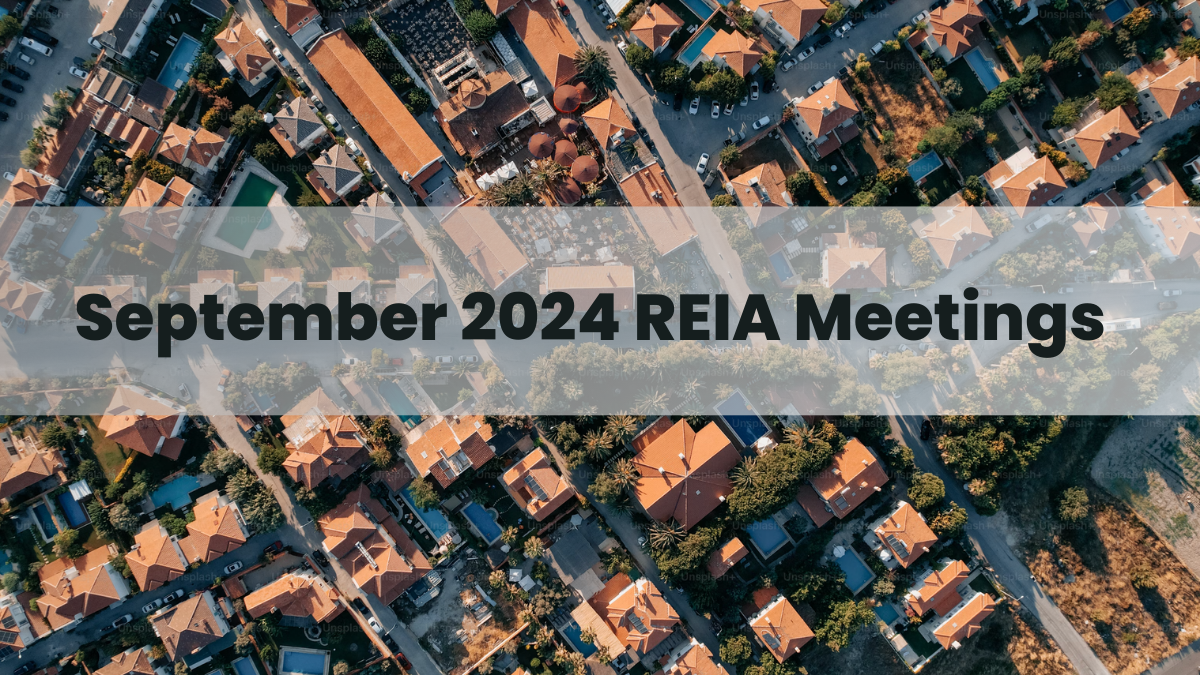5 Strategies To Score An MLS Deal
Are you a new investor hunting deals on a shoe-string budget?
Finding “hot” off-market real estate deals is expensive. Low volume campaigns—besides strokes of luck—don’t offer enough leads for consistent deals. Established investors spend thousands each month on direct mail, online advertising, and telephone operators.
Unfortunately, when you’re breaking-in, that kind of funding is rarely available.
When your cash is limited, it’s natural to search the MLS. The MLS has plenty of volume—but plenty of competition. However, it can still be a source for deals. If you pay attention, wholesalers, rehabbers, and landlords secure deals on the MLS – some extremely lucrative.
I’ve worked the MLS for five years and have fine-tuned the process to be a regular deal funnel. This article outlines actionable strategies that I use to do this day.
I recommend applying these strategies concurrently to maximize your chance to score an MLS deal. Click on every cylinder to generate a deal in this competitive space.
Strategy #1: Act Fast (And How To Do It!)
MLS listings draw substantial interest in the first 24 hours. You have a very brief timeframe to submit and get your offer accepted. Here is how to effectively “act fast”…
Auto-Update On New Listings
Auto-notifications are a competitive advantage in hunting MLS deals. Set-up alerts for new listings, cancellations, and price reductions.
You can’t act immediately without near instantaneous knowledge. Set up notifications for listings (through MLS, not through sites like Zillow that lag behind). Filter out property that doesn’t fit your investment criteria (price range, property type, geography). Otherwise, you will be bombarded with too many properties to review.
Submit Blind Contracts The First Day
First of all, real estate agents don’t always want to show the property! Motivated sellers often wish to sell immediately. If an offer comes in at a fair price, contracts can be signed the same day (even in a few hours).
Consequently, you may waste quite a bit of your life (and gas money) trying to see the property that you don’t have under contract.
By the time you go out to the property, look around, and drive home it may already be under contract with another buyer that submitted a blind offer right away. Worst case scenario with a blind offer: they insist you see the property and reject your offer. No harm done.
Life Hack: If an agent insists you see the property before accepting an offer, send a service like BPO Photo Flow. You get charged $25 to $50, but that’s a small amount to save a few hours and get the contract signed fast without physically going to the property. With pictures in hand, it will be easier to speak with cash buyers if you’re wholesaling and to general contractors if you’re flipping. Work this correctly and you can close a deal never visiting the property.
Confirm Offer Receipt By Any Means Necessary
Because agents receive lots of offers within the first 24-48 hours, you may want to assume your offer will get lost in the flood. Do not rest until the agent confirms receipt. E-mail, text, call. Contact the brokerage’s office if you need to.
When you connect with the listing agent, don’t stop at confirming offer receipt. Agents share additional information if you ask.
Inquire about the price of ‘competing’ offers, the seller’s timeframe for making a decision, price flexibility, and whether modifying contractual terms (inspection period, earnest money deposit, closing date, assignability) would increase the chance of acceptance.
This is also a good opportunity to ask the agent for other properties that are proving difficult to sell (this is one of the better ways to get an MLS deal that others buyers aren’t focused on). Join the “pocket buyers” list for future pre-listing opportunities.
Strategy #2: Don’t Use A Buyer Agent
There are two problems with working with a buyer agent.
- First, time lag. Relying on a third-party takes longer. This isn’t to say agents always act slow, but you can’t afford any delays on the MLS
- Second, loss of the competitive advantage of no buyer agent commission. Realtors have openly admitted to me my offer is more attractive because there is no commission split.
Exception: REOs are a good place to utilize a buyer agent. REOs have detailed sets of paperwork to submit your offer – well beyond the standard bar-approved contract. It can take 30 minutes to fill out (longer if you aren’t tech savvy). REOs typically have a waiting period before offer acceptance – acting fast is not a major concern.
Strategy #3: Price Aggressively & Re-Negotiate At The End of Inspection
Since MLS is hyper-competitive, you need to price aggressively. You can’t play it to score a monster deal. Shoot for the “base hit” not the “home run”. Be open to working smaller margin deals.
At the conclusion of the inspection, request a price reduction if needed. Pricing aggressively means offering a high price in your initial offer. Ignore list price and offer the largest number that makes sense.
New investors get hung up about analyzing properties, arbitrary offer rules, and exit strategies. None of that really matters with your first offer. Figure it out later.
This is the bottom line for the initial offer price: brief analysis sufficient to determine if entering a contract at the price is worth your time. If it is, offer it.
The Inspection Period
In most cases, you have an inspection period – typically about 15-days. Skilled investors work inspection like a game of chess (even negotiating away the inspection period to get an offer accepted).
- During the inspection: During the inspection, you walk through with a general contractor, cash buyer, inspector, appraiser – whoever you need to complete your deal. You get an accurate estimate of repairs and time for thorough comp review.
- Post Inspection: At the end of the inspection, you can re-negotiate price. It’s time to show your cards and put your final offer on the table. The seller has had a few more weeks of insurance, maintenance, utility, taxes, and debt payments. The seller may be fatigued with the process and have been counting on the closing cash. If you can’t make the initial price work, it’s a perfect time to ask for and be granted a price reduction.
Here’s an example of how it works:
Your first offer of $160,000 is accepted. Next best offer was $150,000. At the conclusion of the inspection, you decide you can only move forward for $147,500. Most sellers won’t restart for an extra $2,500 (when the next buyer could end up requesting the same reduction).
You’re $12,500 reduction will be granted in this scenario. You’ve just generated a deal at a LOWER PRICE than the competing offers, simply by offering a too high number and re-negotiating to the right number.
Need more time at the conclusion of the inspection? Sellers usually grant an extension rather than re-starting the entire process with a different buyer.
Strategy #4: Re-Offer Upon Cancellation or Price Reduction
As noted in Tip #3, buyers commonly submit a high price at the start and cancel if the seller won’t re-negotiate price. Lowering list price is a signal of a seller’s growing motivation. Buyer interest dwindles after the first few weeks and initial offerors moved on to other properties: that’s the perfect time to re-submit your offer!
Because of this, set-up these two systems to make sure you don’t miss this window.
- First, create auto-updates when a property returns to “Active” or price drops. You can be on the phone with an agent within an hour.
- Afterward, follow-up with the agent regularly. On follow-up calls, the agent will tip you off that the current buyer is canceling or that seller will accept a lower price. One key time to schedule follow-up is 15-days after a house goes under contract. Inspection periods default to around 15-days, so it’s a normal time when the buyer will back out.
Another good time to follow-up is at the 5 and 11-month mark. The agent’s listing agreement may be expiring. The agent is motivated to pressure the client to sell – otherwise, the agent gets zero fees. If the listing agreement does expire, you can contact the owner directly to submit an offer without middle-man commission.
General periodic follow-up is also advisable if your offer is within 20% of the asking price.
Invest In A “Client Relations Management” (CRM) System
There is simply too much volume to manage follow-up any other way. I use Pipedrive for $35.00 a month. I like a cheaper service because I can add more people to my account (virtual assistants, acquisitions team, partners).
Don’t overthink the CRM. Green investors spend weeks (even months) developing advanced CRMs like Zoho or Podio. Meanwhile, they don’t have the lead or deal flow warrant a second employee (let alone a team).
There is also just little need for a sophisticated CRM when you’re just scheduling a follow-up, sending e-mail, saving documents, and note-taking. CRMs port to each other – so no biggie if you need to upgrade down the line.
Life Hack: Hire a virtual assistant for $3.00/hour on a website like Upwork. They can touch base with agents, send emails, texts —even submit your initial offers.
Strategy #5: Selecting The Right Properties To Offer On
There are two philosophies on offer selection:
- Offer on everything without considering property specifics
- Spend time selecting properties more likely to yield a deal
There’s no “right or wrong” here. I’ve seen investors use both these strategies successfully. However, the making mass offer creates a lot of submission work, follow-up suffers (or you may need to hire someone to follow-up), and you are more likely to waste time on the low-probability-of-success-contracts.
What To Look For When Making MLS Offers
Although, this varies based on your investment strategies, here is what I look for when making MLS offers:
- Needs Work and “Cash Only”: Offering on houses that any buyer can purchase puts you in the space of maximum competition. When you purchase property that needs work and can’t qualify for a mortgage you are removing huge portions of prospective buyers.
- Recent Purchase History: Check if the property has been purchased in the last few years. If the house was purchased recently for a price higher than you can offer, it’s safe to assume the buyer won’t accept a loss. Your offer has next to zero chance to get accepted.
- Equity: For non-short sales, there is no point in offering if mortgage debt is higher than your offer.
- Corporate Ownership: Corporate owners aren’t usually motivated to sell at a lower price, although it’s not impossible. As a result, I’d only offer on corporate ownership after I’ve exhausted regular ownership.
- Price Range: Offer in a price range you are credible in.
- Property Type: Single-family and smaller multi-family are easy to work as there are few rules. With condos (or any homeowners’ association property), you could be subject to rental restrictions, corporate ownership restrictions, credit checks, income requirements, and high HOA fees unattractive to landlords.
- Sale Type: There are three main kinds: regular, short sale, and REOs. REOs and short sales may require higher earnest money deposits, shorter inspections, and post-closing restrictions. Thus, it’s a tough space to work if you purely wholesale.
To get more information, please click here.





